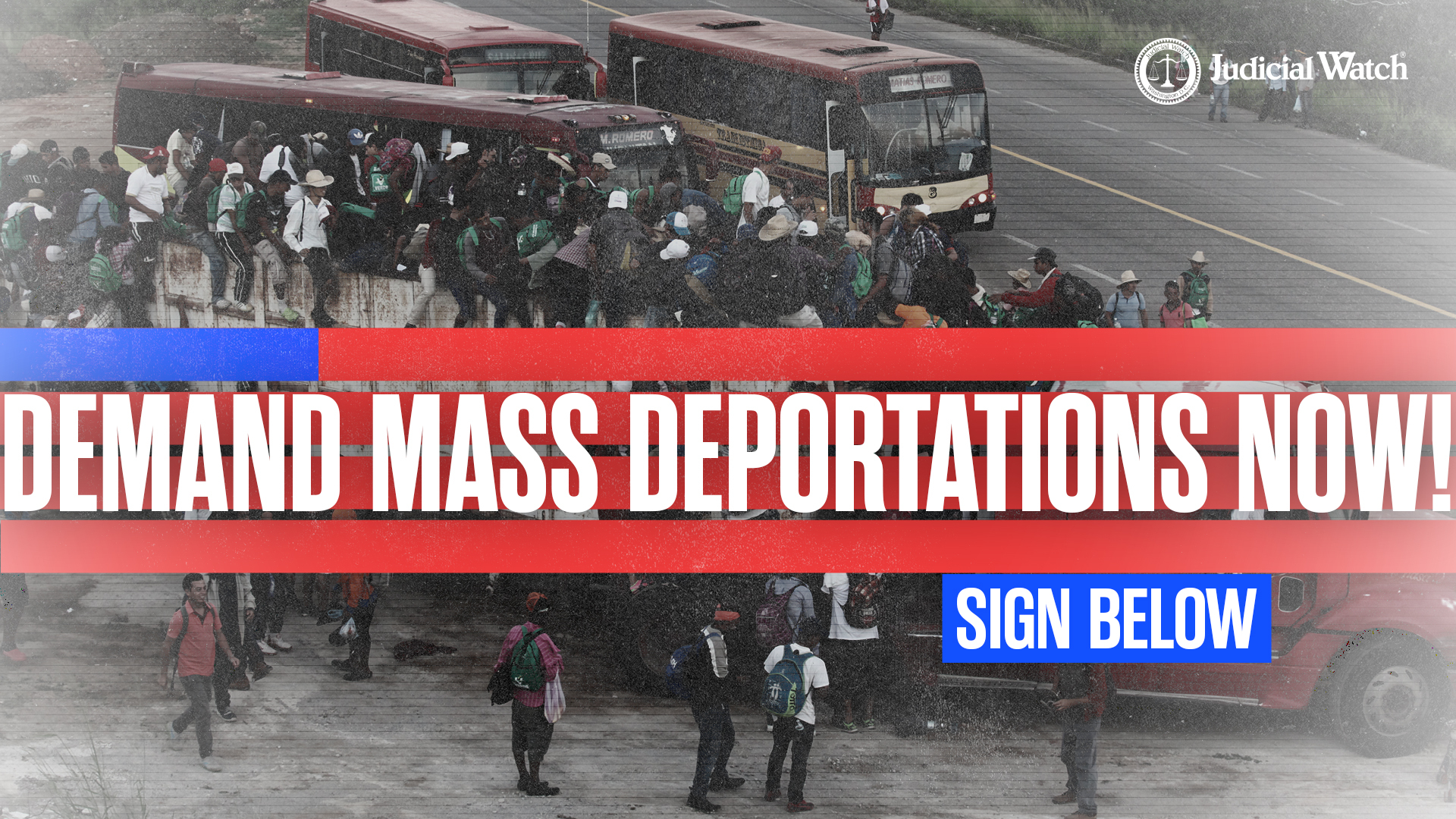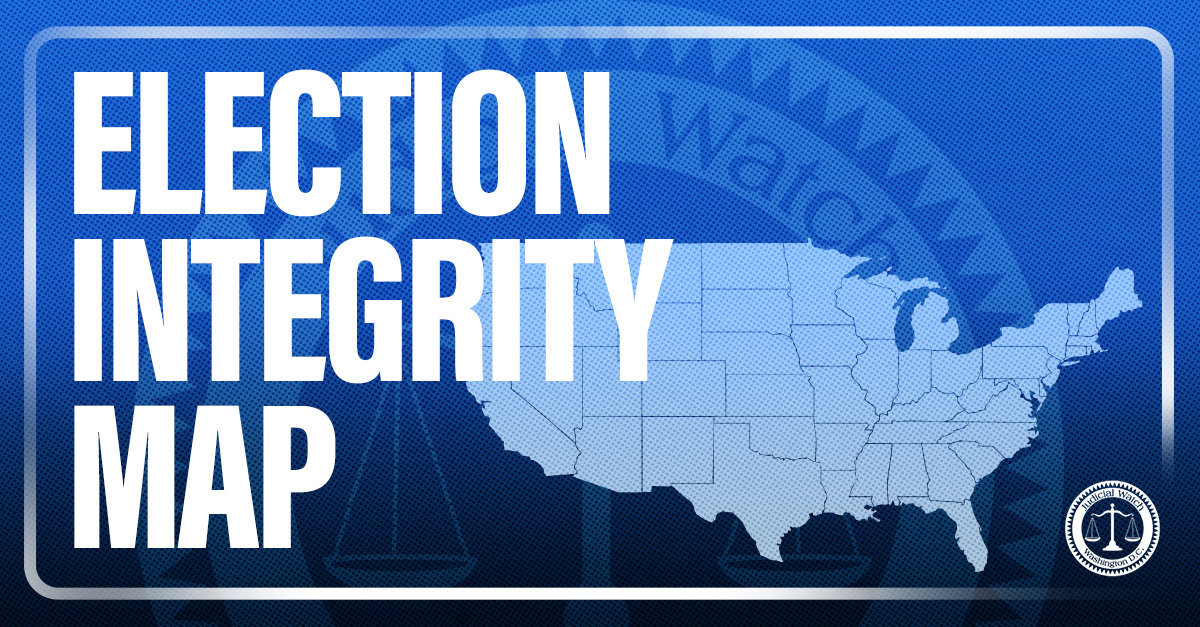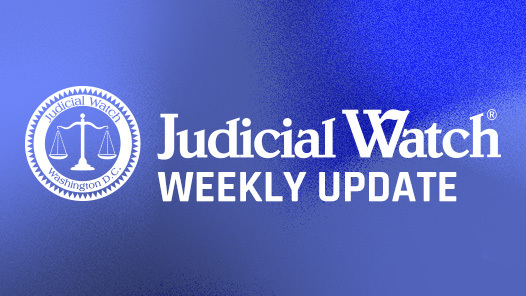
Another $60 Mil for VP’s Failed Project Aimed at Tackling Root Causes of Irregular Migration

Though American taxpayers spend billions on illegal immigrants in the U.S., the Biden administration keeps giving Central American nations tens of millions in humanitarian funding with the hopes that it will improve life enough to deter its citizens from coming here illegally. It is part of the administration’s costly and ill-fated effort to curb “irregular migration” via the southwest border from three targeted countries known as the northern triangle—El Salvador, Guatemala, and Honduras. Under a costly initiative run by Vice President Kamala Harris, the U.S. is investing large sums to tackle the “root causes” or drivers of irregular migration by supposedly improving conditions in the three impoverished countries “so people do not feel compelled to leave their homes.” The efforts provide hope and opportunity to the people of Central America, according to the Biden administration, by affirming that a secure and prosperous future lies in their home communities.
Since the spring of 2021, the vice president’s Central American experiment has received around $300 million. The money has done little to reduce illegal immigration from the northern triangle, government figures show. In fiscal year 2022 a record 2.4 million illegal aliens entered the country through Mexico, a major increase from an already high of 1.73 million in 2021. More than half a million of the 2022 migrants were nationals of the northern triangle, illustrating the ineffectiveness of Biden’s multi-million-dollar plan. They included 228,000 Guatemalans, 199,000 Hondurans, and 93,000 Salvadorans. It is worth noting that the region is not exactly sending its finest citizens. In 2022 Border Patrol agents apprehended hundreds of gang members—mostly from the famously violent Mara Salvatrucha (MS-13) which was formed by Salvadoran immigrants—and dozens of people on the national terrorist watchlist.
Money is clearly not solving the problem, though the American aid keeps flowing south. Just a few months ago, the U.S. dedicated $42.5 million to provide residents of the region with “life-saving assistance.” The funds will “support programs that reduce food insecurity for the most vulnerable, support survivors and those at risk of gender-based violence and children in need of protection, help households to restore their livelihoods, and provide safe drinking water for poor families,” the government writes in an announcement. In the document the administration further explains that besides coping with natural hazards, the Central American nations are suffering from large-scale displacements, increasing food prices, and chronic protection challenges. “The United States remains committed to providing lifesaving aid to help the people of El Salvador, Guatemala, and Honduras,” the administration assures.
A few days ago, the government announced another $60 million to combat the root cause of irregular migration from Central America. This allotment will focus on gender-based violence (GBV), advancing human rights and HIV prevention and care as well as economic growth. Here is how some of the money will be spent. More than $10.5 million will go to address the social, economic, justice, and security aspects of GBV in Guatemala. Ten million will be dedicated to strengthening interventions to prevent GBV in Honduras and increase the chance of breaking cycles of violence. More than $5 million will help increase employment in the region by growing the number of small-scale commercial farmers and $1.3 million will be disbursed to local organizations that support regional HIV care and treatment programs. The so-called “root causes” strategy “supports programs that create economic opportunities in the region for people to live, work, and learn in safety and dignity, contribute to and benefit from the democratic process, have confidence in public institutions, and enjoy opportunities to create futures for themselves and their families at home,” according to the U.S. government. It may sound like a decent argument to keep the cash flowing, but it is clearly not working.

















